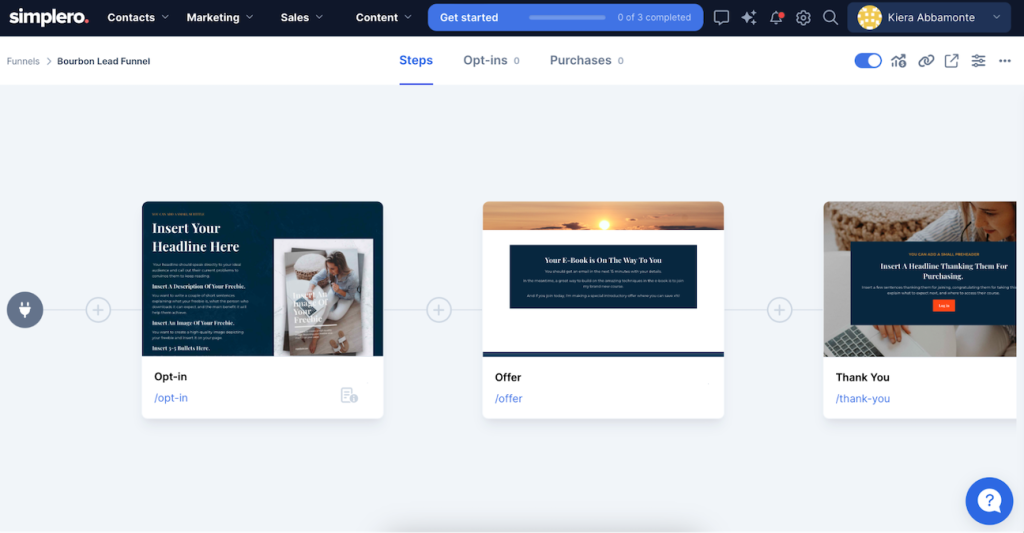
In recent years, online courses have revolutionized the way we learn and teach. With the advent of e-learning, anyone can share knowledge or pick up new skills from the comfort of their own home. If you’re looking to create your online course platform, this guide will walk you through the necessary steps to ensure your venture is successful.
Step 1: Define Your Niche and Target Audience
Before diving into the technical aspects, it’s crucial to identify your niche. What subjects or skills will your platform specialize in? Who is your target audience? By answering these questions, you can tailor your platform to meet the needs of your learners and stand out from competitors.
Step 2: Choose the Right Technology
Selecting the appropriate technology is vital for your platform’s operation. You’ll need a Learning Management System (LMS) that suits your requirements and budget. Popular options include Moodle, Teachable, Thinkific, and Kajabi. Each has its unique features, so take the time to research what works best for you.
Step 3: Create High-Quality Content
Your platform’s success depends on the quality of courses you offer. Invest in good production equipment for videos, ensure content is engaging and well-structured, and consider various learning styles. Mixing video lectures with quizzes, assignments, and interactive elements can enhance the user experience.
Step 4: Ensure Easy Navigation and Accessibility
The user interface should be intuitive and easy to navigate. Learners should be able to find courses easily, track their progress, and access materials without hassle. Additionally, making your platform accessible to people with disabilities can expand your audience.
Step 5: Implement E-commerce Solutions
If you plan to sell courses, you’ll need a secure payment system. Integrated solutions like Stripe or PayPal make transactions easy for users while ensuring their financial information is safe.
Step 6: Market Your Platform
Once your platform is up and running, it’s vital to attract learners. Utilize digital marketing strategies such as SEO, content marketing, social media promotions, and paid advertisements to reach potential customers.
Step 7: Offer Customer Support
Be prepared to offer excellent customer service. Have a support system in place for technical issues or instructional help – this could be in the form of FAQs, forums, chatbots or a helpdesk.
Conclusion
Creating an online course platform requires careful planning and attention to detail. By focusing on these steps – niche identification, technology selection, content creation, user experience design, e-commerce integration, marketing strategies, and customer support – you’ll increase the odds of developing an engaging and profitable e-learning environment. Always keep learning from feedback to continually enhance your platform’s offerings.
